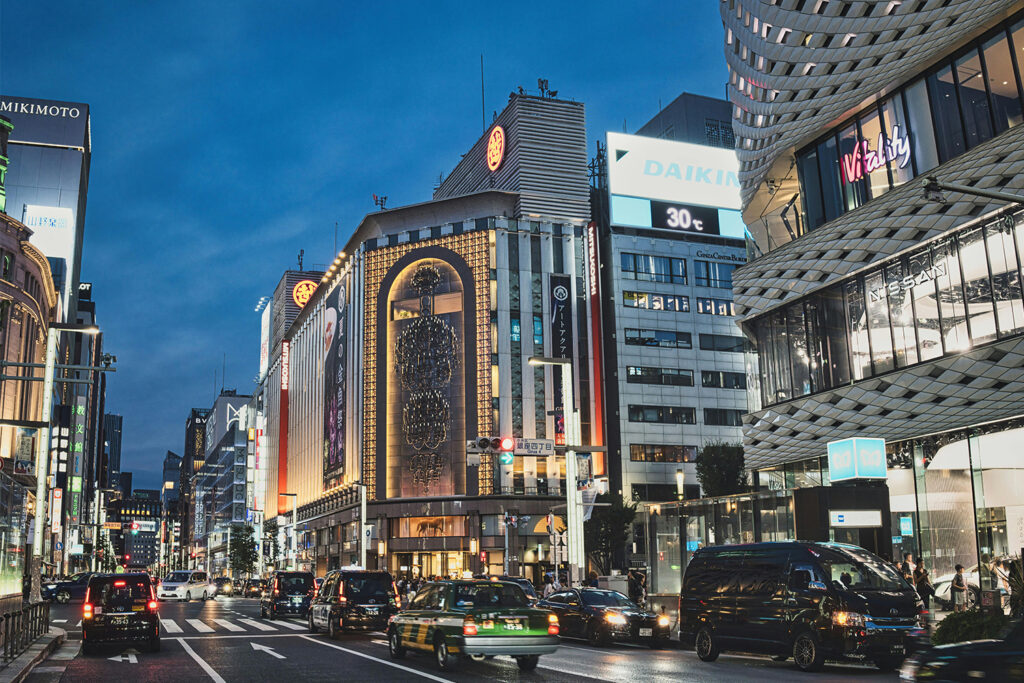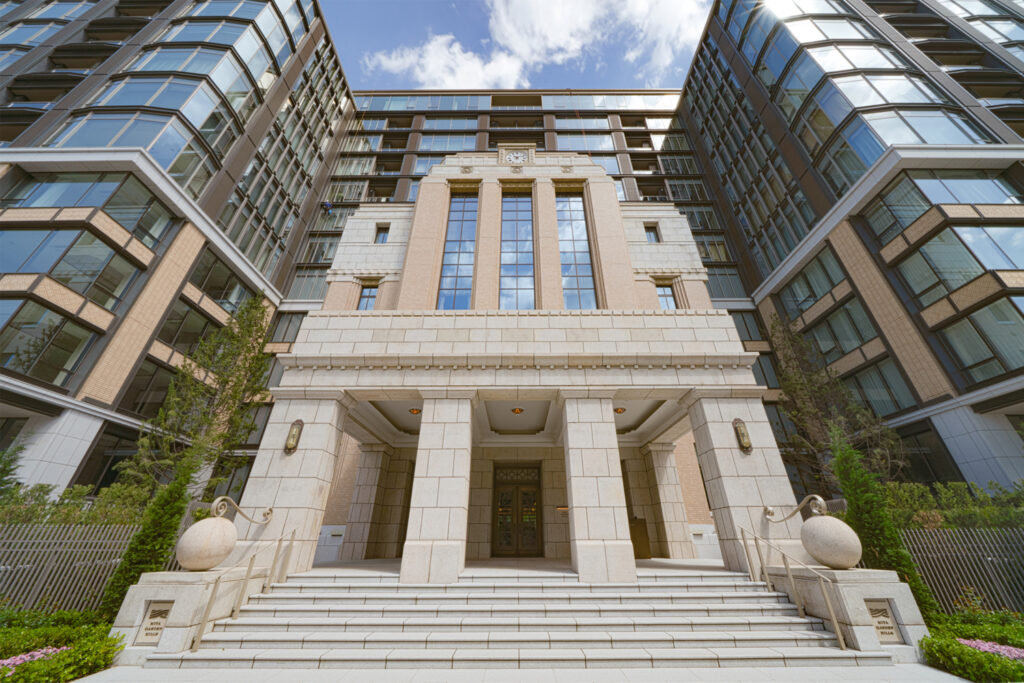I started focusing on adding brand new properties to my repertoire in 2013. The climate then was one where a brand new condo in Minato ward was priced lower than second hand.

The reason being was anything that was coming on the market that year had land and construction purchased by the developer way back in 2010 or 2011. 2010 saw the bottom of the GFC in the city and the following year saw the 3/11 earthquake/tsunami / nuclear meltdowns in Fukushima.
So, in 2013, many developers approached Housing Japan to ask us to sell their developments for them. As always, we were known for working with foreign buyers and these developers had inventory on their hands they needed to offload.
With 20% of Minato wards residents being foreign people, we were such a great fit for these developers that they offered to pay us 3% for our efforts. This allowed us to not charge buyers a fee for working on the transaction translating into further cost savings for buyers.
Then the domestic market started to heat up. Japanese people were buying more increasing demand and as such, the developers felt they didn’t need brokers at all to sell their inventory.
They were right. In 2013, if you were to buy a brand new property then once you submitted the purchase application you would be fairly confident that you have bought the unit.
Fast forward to 2014 and 2015, developers introduced lotteries for purchasing as they were receiving multiple purchase applications from Japanese buyers for each unit.

(Image from The San Maison Omotesando.)
One development in Omotesando had 20 applications for one unit and had sold out prior to even the web site for the development being finished. This was done purely under the sales effort of the developer themselves leveraging their own database.
The new inventory coming online had land purchased in 2014 or 2015 and thus prices have risen. Brand new inventory is now selling higher then second hand which is the way a healthy market should be priced.
Some of the buyers who purchased in 2013 I have since helped sell their units for them with a 20% to 30% capital gain. Others who didn’t buy at that time have since expressed regret for not buying when the time was right.
Today in 2017, developers are now coming back to us asking us to sell their units. Pricing is more aggressive and more developers are starting to include larger units in their buildings that typically haven’t existed in Tokyo.
Does this mean buying now means buying high? Certainly if comparing to 2013, but there is still room for the market to move higher. While prices per square meter are higher relative to the past in Tokyo, the pricing is still less when comparing markets like Singapore and Hong Kong, New York and London.
If you are looking for a property that will hold its value then you’ll find no safer then brand new in central Tokyo. With easy resale and high appreciation potential combined with the limited inventory coming on the market, I’m confident in the positive experience buyers can have with these types of properties.
Feel free to contact us to learn how to get started, we are always here to help!

Editor’s Note: Shirley is Sales Director for Housing Japan. She has sold billions of yen of real estate and arguably has the highest client satisfaction rating in the industry. Shirley writes a weekly column for Housing Japan readers to help illustrate common challenges buyers and sellers have when trading Tokyo residential property.











